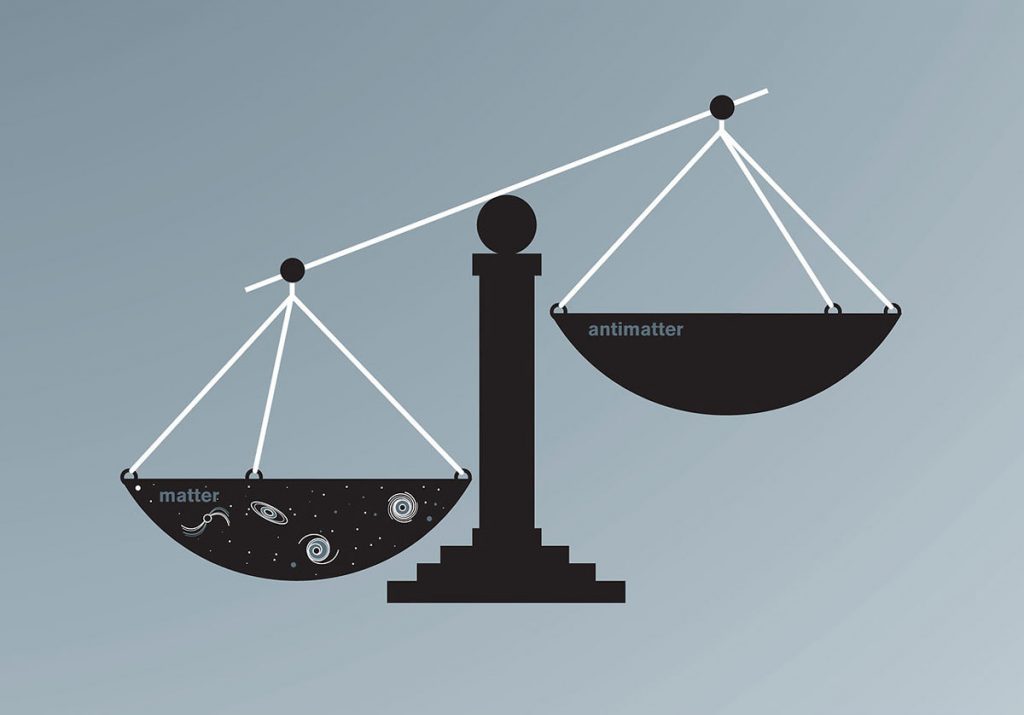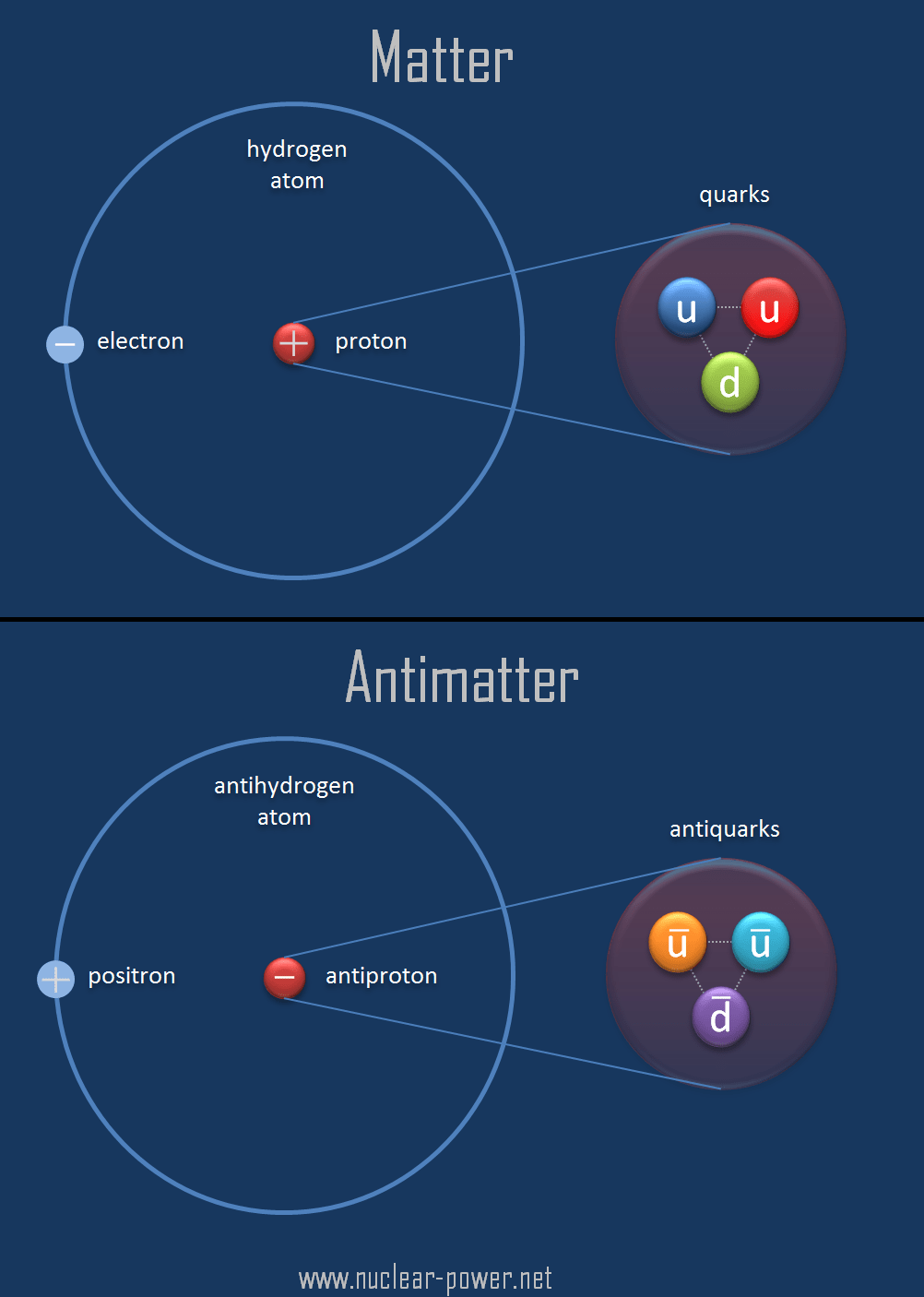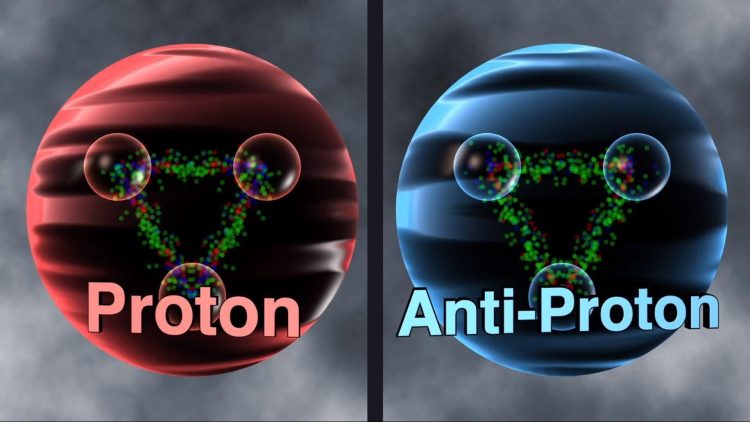Dissecting the Forces of Antimatter
In a vertical trap meticulously installed to test theories of antigravity, researchers at CERN watch anti-hydrogen atoms descend, offering a crucial peek into the behavior of antimatter under gravity—a subject sourced from the most enigmatic depths of physics.
The Groundwork of Equivalence
A recent experimental endeavor indicates that antimatter, much like its matter counterpart, succumbs to gravity’s pull. While not having sent shockwaves through the physics community, this outcome has nonetheless doused some fringe theories with a sobering dose of reality.
“A marvelous experiment conducted by esteemed colleagues,” says cosmologist Gabriel Chardin from the French National Centre for Scientific Research (CNRS). For suppositions about antimatter experiencing antigravity, the findings represent a blow, albeit not the death knell yet.

The Universal Principle of Falling Bodies
Grounded in the so-called Equivalence Principle, which posits that in a gravitational field, all bodies fall at the same rate irrespective of their composition, this principle was first demonstrated by Galileo who rolled spheres of different materials down an incline. Einstein took this principle further to deduce that gravity manifests from massive objects warping space and time — a cornerstone of his General Theory of Relativity formulated in 1915. However, until now, no one had tested whether this principle extends to matter and antimatter alike.
Seeking answers, physicists at CERN’s Anti-hydrogen Laser Physics Apparatus (ALPHA) carried out a modern twist on the Galilean drop test. Capturing antiprotons and antielectrons from particle collisions in electric fields, they nudged these particles to form anti-hydrogen atoms, then trapped them within magnetic traps engineered around the electric atoms. Releasing roughly a hundred anti-hydrogen atoms at a time, they observed whether these atoms rose or fell.
A Detailed Dance with Gravity
Jeffrey Hangst, a physicist from Aarhus University in Denmark and lead of the 71-person ALPHA team, notes that the experiment’s intricacies are ample. Anti-hydrogen atoms are relatively hot and quick, likely to escape through the top and bottom of the tall cylindrical trap, making gravity’s pull difficult to discern. More critically, even a tiny stray magnetic field could disproportionately send numbers of them to the top of the trap, creating false anti-gravitational signals.
The team countered this by manipulating the magnetic fields that captured the anti-atoms to give a gentle push up or down upon their release. “We had a knob that allowed us to turn in the same direction or opposite to gravity, and tinker with the outcomes,” Hangst remarks. Various trials altered the direction and intensity of the additional forces, comparing the proportion of atoms that dropped out of the trap’s bottom against detailed simulations. Findings, as documented in Nature, align more closely with simulations of anti-hydrogen experiencing conventional gravity rather than antigravity or no gravity at all.

Quantitatively, the experiments suggest that antimatter feels a gravitational pull that is 75%, or possibly 20%, of the strength of ordinary matter’s gravity—the two statistically indistinguishable. “99.9% of physicists would predict this,” Hangst asserts.
In 2012, Chardin and a colleague theorized a cosmos comprising equal amounts of matter and antimatter, with the latter affected by antigravity. The assumption seemed unlikely since astronomers have yet to observe anti-matter galaxies or explosive annihilation interactions between matter and antimatter. Antigravity, however, sidesteps this dilemma, and Chardin proclaims it also could unravel two of cosmology’s most daunting puzzles: the mysterious dark matter holding galaxies together, and the even more enigmatic dark energy stretching space and accelerating the universe’s expansion.
Under opposing forces, matter and antimatter would segregate: matter coalescing into galaxies, antimatter diffusing as thinly as possible between them, akin to dark energy. While the new results appear to overturn Chardin’s model by ruling out equal anti-gravity to gravity, he maintains that his theory primarily hinges on somewhat repulsive antimatter, and the results aren’t precise enough to negate this possibility.
“The refinement of experiments like ALPHA is paramount,” notes Kostelecky, “and I suspect this is only the initial step of the research.” Indeed, Hangst reveals that the ALPHA team is already striving to enhance measurement accuracy, such as cooling anti-hydrogen atoms to a fraction of absolute zero and decelerating them before release.


















































Discussion about this post